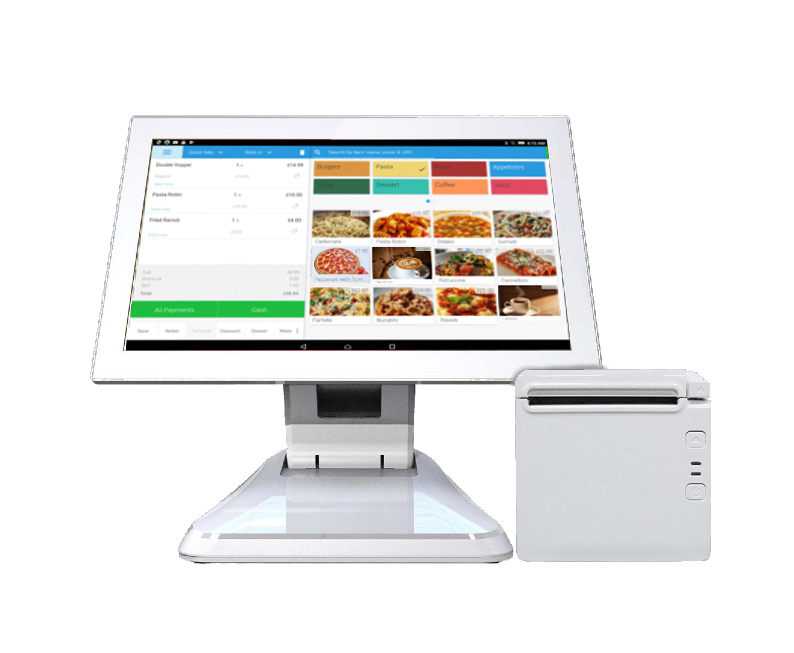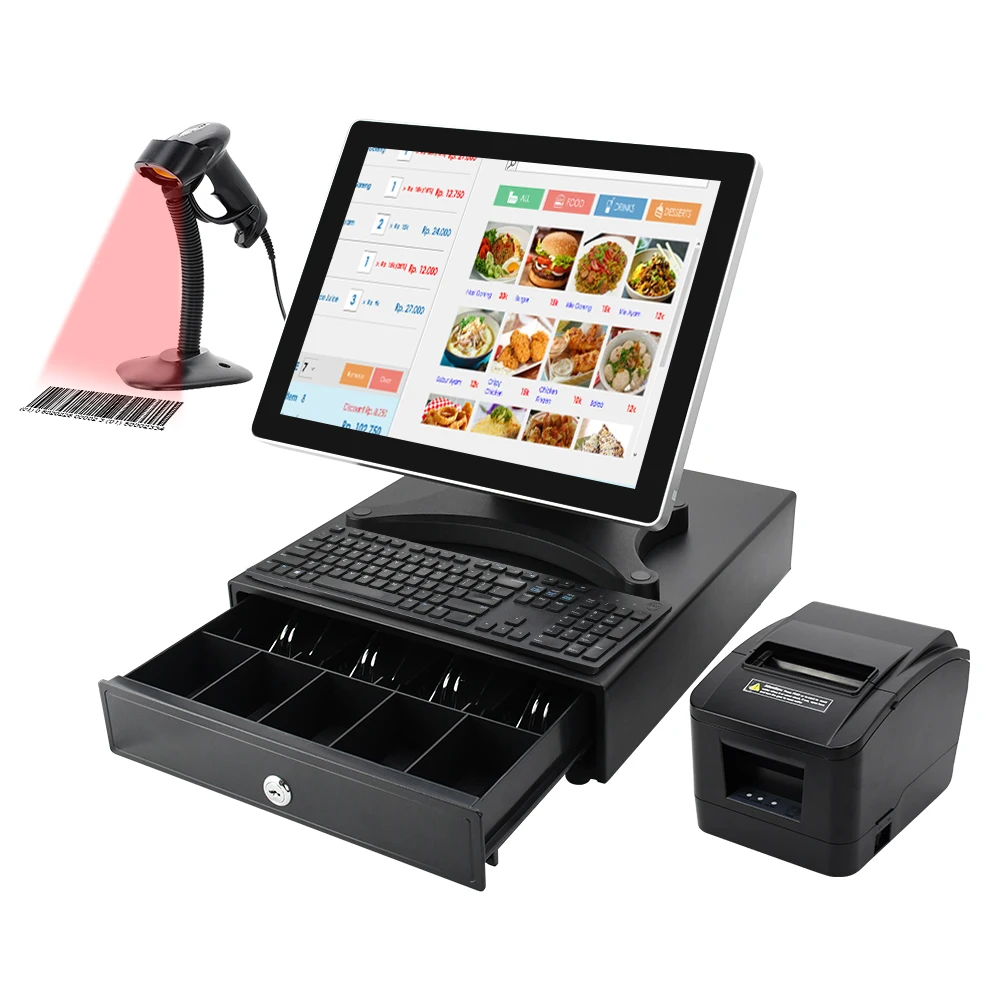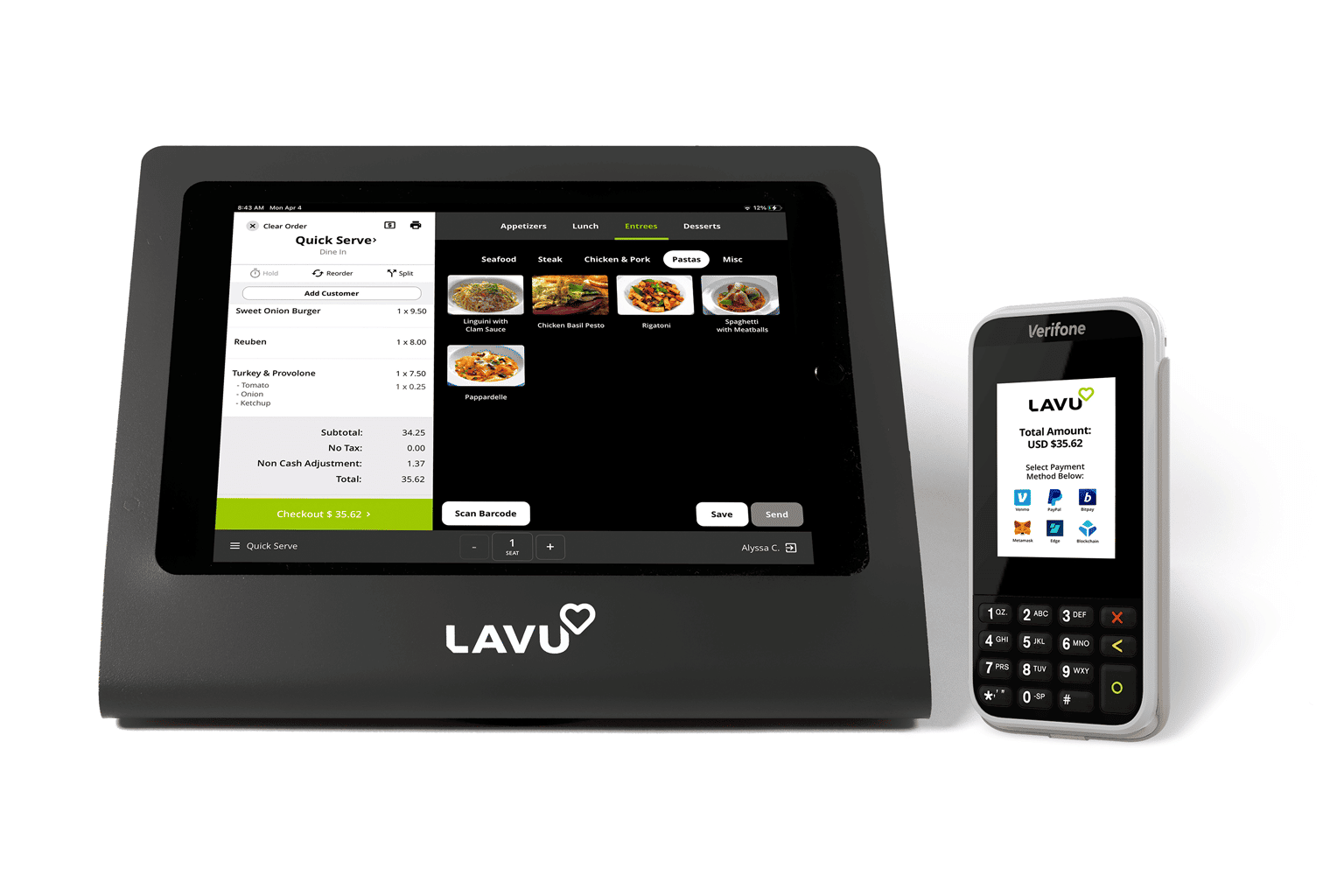Exactly How POS System Works: A Comprehensive Overview for Company Owners

Understanding the Elements of a POS System

How Sales Purchases Are Processed
When a customer makes a decision to buy, the sales purchase initiates a series of systematic steps within the POS system. The cashier inputs the items being acquired, which are checked through a barcode viewers or manually gotten in. This activity gets product information, including prices and relevant tax obligations, from the system's database.Next, the client is presented with the total amount due. The POS system then refines the repayment, whether through cash money, credit rating card, or mobile settlement approaches (Restaurant POS Software). For electronic payments, the POS safely interacts with payment processors to authorize and confirm the transaction.Once the repayment is validated, the system creates an invoice, which can be printed or sent out digitally. This receipt acts as evidence of purchase for the consumer. Ultimately, the purchase data is tape-recorded in the system, ensuring accurate sales records and economic monitoring for business
Stock Monitoring and Monitoring

Efficient supply administration and tracking are vital components of a POS system, as they guarantee that services maintain ideal stock levels and decrease discrepancies. A durable POS system enables real-time stock updates, showing sales and returns instantaneously. This allows organization owners to monitor supply degrees precisely, ensuring that prominent items are readily offered while avoiding overstocking of much less preferred products.Additionally, advanced POS systems provide functions such as automated stock signals and reorder recommendations, improving the procurement process. Barcoding and RFID innovation boost precision in tracking supply activity, lowering human error. Extensive coverage devices offer insights right into stock turn over rates, aiding services make informed decisions about purchasing and item offerings. Inevitably, effective supply administration via a POS system not only boosts functional efficiency yet also improves consumer fulfillment by making sure item schedule.
Analyzing Client Data and Insights
Client data evaluation acts as a powerful tool for businesses making use of a POS system (Restaurant POS Software). By collecting and analyzing transaction information, businesses can discover useful insights regarding client behavior and preferences. This analysis enables them to recognize acquiring fads, peak shopping times, and preferred items, consequently educating inventory decisions and advertising and marketing strategies.Additionally, organizations can section their customer base, permitting individualized advertising efforts that deal with particular demographics or buying habits. Recognizing client loyalty patterns also assists in developing targeted rewards and promos programs.The information obtained from a POS system can additionally reveal understandings into consumer responses, making it possible for services to make enlightened decisions concerning product offerings and service renovations. Inevitably, leveraging client information properly can improve the general shopping experience, foster customer satisfaction, and drive earnings get more info growth
Advantages of Applying a POS System

Often Asked Concerns
What Types of Organizations Can Benefit From a POS System?
Various services benefit from a POS system, including retail stores, restaurants, hair salons, and e-commerce platforms. These systems enhance deals, supply management, and client information, improving operational performance and improving consumer experience throughout varied markets.
How Much Does a POS System Typically Cost?
The cost of a POS system normally varies from a few hundred to several thousand dollars, depending on functions, hardware, and software application. Businesses should take into consideration continuous fees for upkeep, assistance, and purchase processing when budgeting.
Can I Integrate a POS System With Existing Software?
Integrating a POS system with existing software program is often feasible. Many systems use APIs or built-in compatibility attributes, enabling businesses to improve operations and enhance functionality by connecting different software application applications successfully.
What Training Is Needed for Team to Make Use Of a POS System?
Training for team to utilize a POS system generally consists of understanding software program capabilities, processing deals, managing stock, and managing client interactions. Practical demos and hands-on method sessions enhance efficiency and self-confidence in operation the system efficiently.
What Occurs if the Internet Goes Down While Utilizing a POS System?
If the web goes down during POS system usage, purchases may be disrupted. Many systems provide offline capacities, allowing fundamental procedures to continue, but complete performance, including real-time inventory updates, will be limited. A Factor of Sale (POS) system is made up of several vital components that work together to handle and promote transactions organization procedures. Effective supply administration and tracking are vital components of a POS system, as they ensure that businesses maintain optimal stock levels and reduce inconsistencies. Client information evaluation serves as an effective tool for businesses making use of a POS system. Understanding consumer loyalty patterns likewise helps in creating targeted incentives and promos programs.The information gleaned from a POS system can also disclose understandings into consumer comments, allowing businesses to make click here enlightened choices pertaining to item offerings and service enhancements. Carrying out a POS system supplies numerous benefits that can significantly enhance business operations.